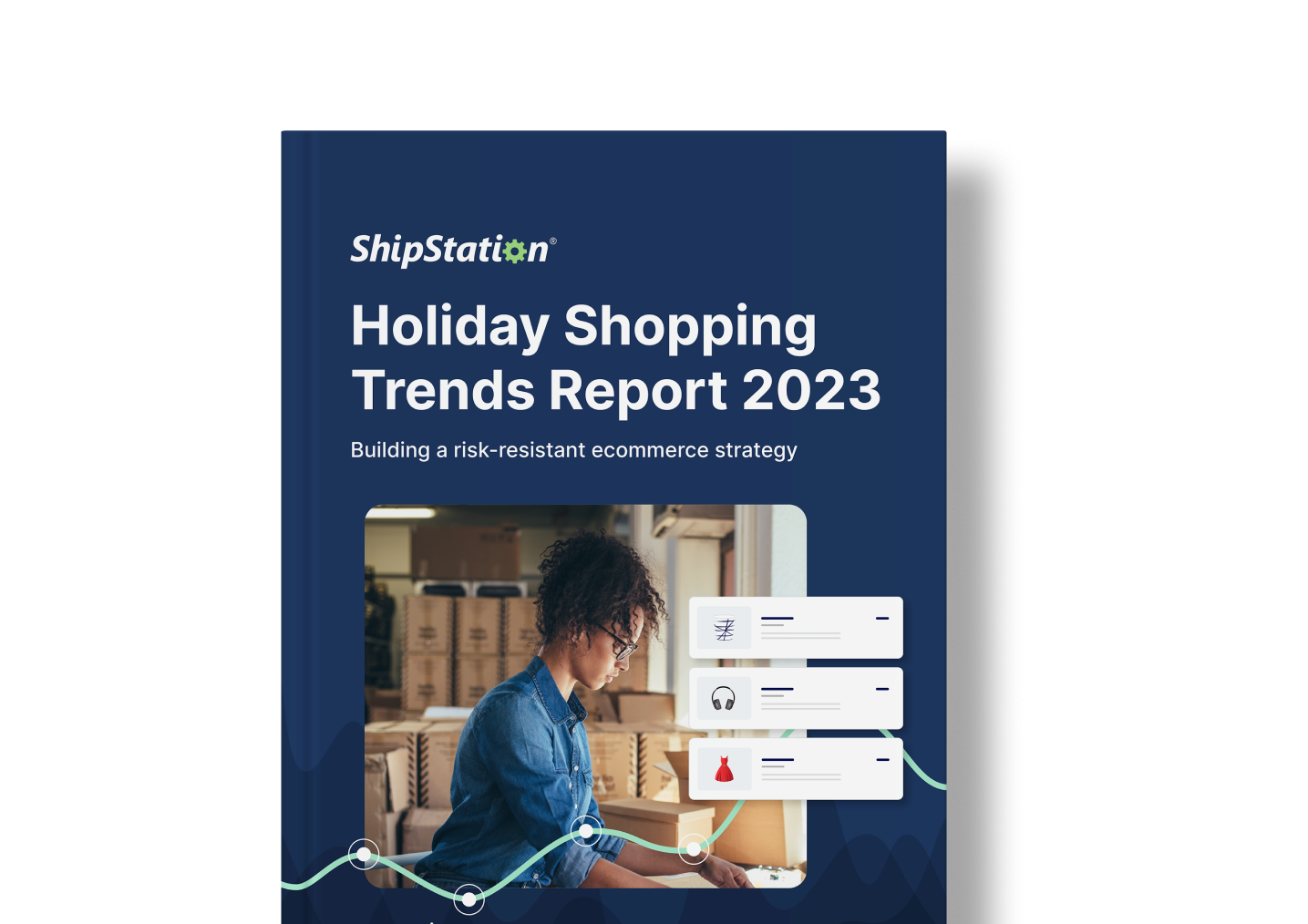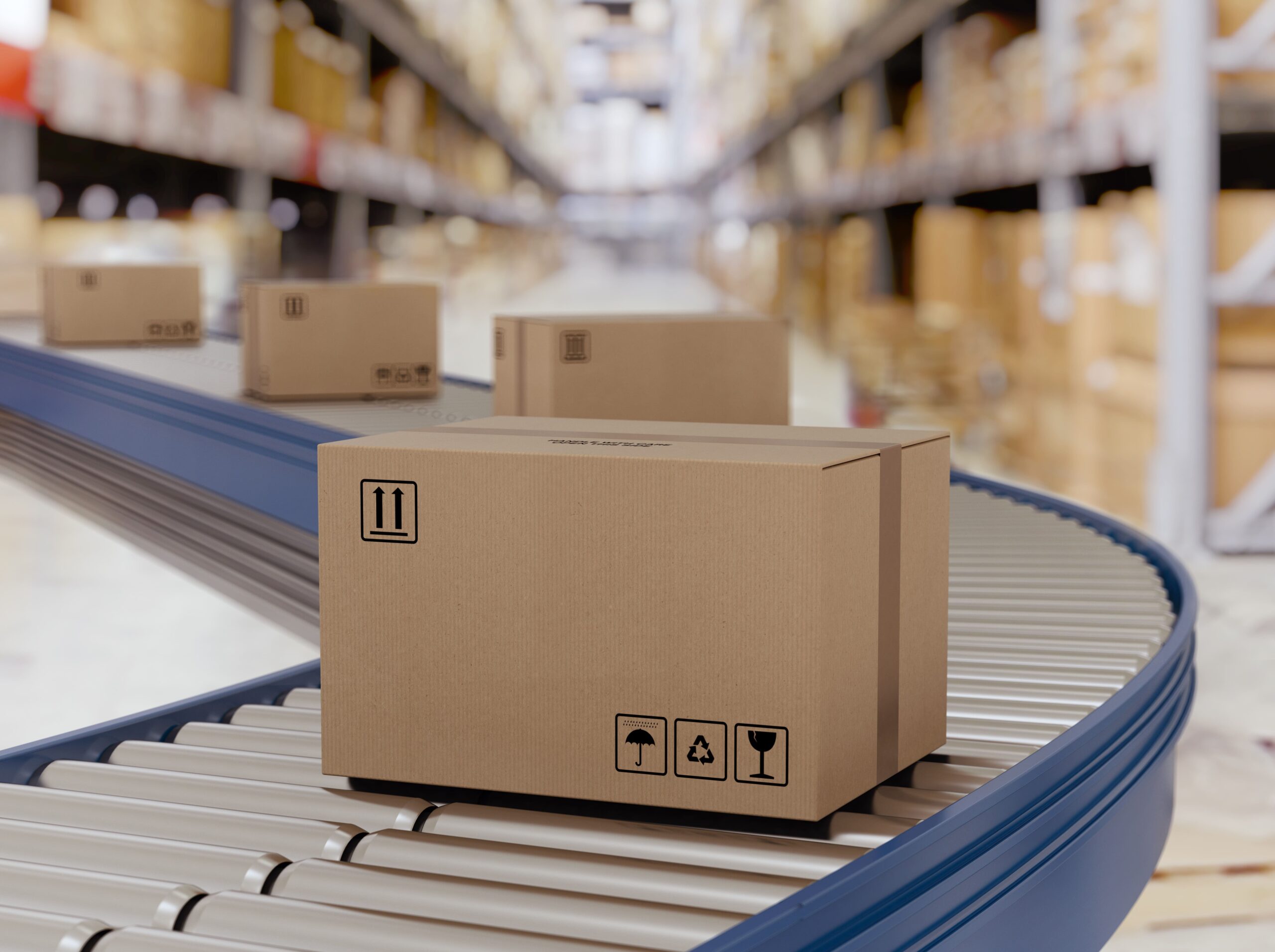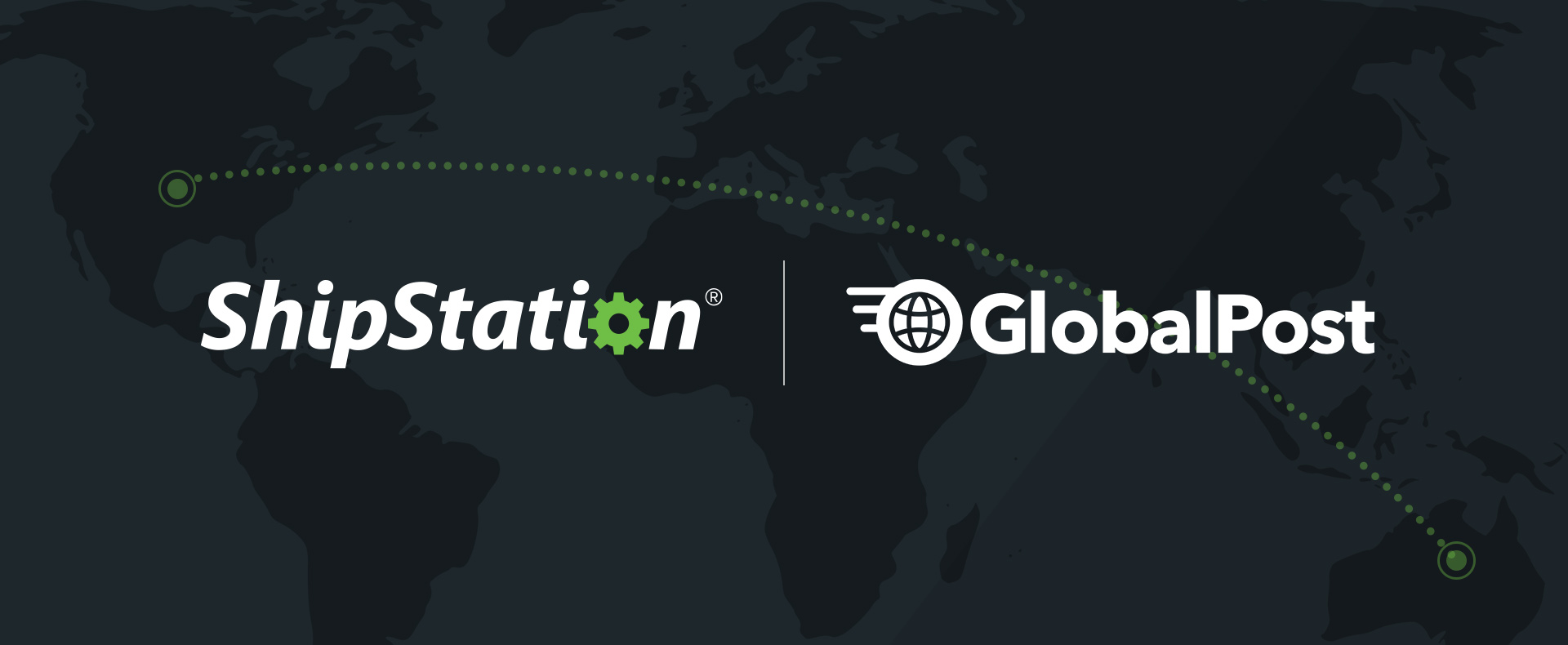Suez Canal Blocked: One Year Later
With so many links in a supply chain, all the pieces have to fit together to keep global commerce running smoothly. If there are disruptions, products may not reach your customers. A delay or bottleneck at one place can cause massive disruptions everywhere else. For a while, merchants were able to buy new inventory or review historical data when buying/manufacturing new items. In recent years, disruptions caused by COVID merchants and customers to reset expectations around supply and demand. With inventory levels at historic lows, everything has to run smoothly. The smallest hiccup can send reverberations throughout the whole world. Events like the Suez Canal blockage really highlight this stress. When one link in the supply chain breaks, the whole chain is broken.
Repairing the supply chain is not as simple as repairing a broken link. It may take years for many supply chain shortages to meet pre-pandemic supply and demand and any delays can push restocked shelves back a lot further. There are a few key points that merchants need to take away from the Ever Givens blocking the Suez Canal. As we wait for supply chains to even out a little more, there are ways to prepare for future bottlenecks and disruptions that could impact business.
How The Suez Canal Blockage Impacted Global Shipping
Nested amongst other issues that COVID exacerbated, Ever Given blocking the Suez Canal was a crash course on how supply chain disruptions can’t be instantly fixed. It is estimated that when Ever Given blocked the Suez Canal it cost global commerce $400 million per hour. This impacted more than the ships queued up in each direction. It also put further strain on other areas of global commerce. Though the Suez Canal was only blocked for 6 days, this delay compounded existing supply chain issues. For instance, P&F Industries estimated that the blockage in the Suez Canal added 6–8 weeks to customers’ delivery times.
As with delays anywhere in the supply chain, the ripple effects compound. Again, it wasn’t only the impact of the Suez Canal blockage that slowed shipping. All the other stresses that manufacturers and merchants have faced since March, 2020 led to even longer delays.
How COVID Compounded The Suez Canal Blockage
Supply chain disruptions were nothing new before the Suez Canal blockage. COVID created such a stutter step in production that many merchants’ inventory levels would sell out instantly. This, along with the accumulated money consumers gathered during the earlier parts of the pandemic led to increased demand. Big ticket items, like houses and cars, grew in demand. And because of restrictions on in-person shopping, ecommerce sales outpaced earlier projections in 2021. This put retailers in a difficult spot to keep up with all the shifts in consumer buying trends.
Ultimately, the Suez Canal was blocked at a particularly bad time. March of 2021 was a turning point in the pandemic. After the surge in cases over the winter, numbers were finally leveling off. This was another case of customers buying more around the world—particularly because this was when a lot of countries really started ramping up vaccinations. This caused customers to start buying more and saw stock prices rise drastically. Then the Suez Canal incident caused them to dip again.
Microprocessors: Compounding Shipping Delays
One reverberation of COVID delays was microprocessors. When you look at demand for big ticket items that has risen since COVID, automobiles are a good example of how delays can multiply quickly. When you’re a few months behind on the production of components like silicon chips, the factories don’t just reopen and everything goes back to normal. There is a backlog that develops. While factories are shut down or while a canal is stuck, the world goes on—amplifying the strain.
Delays in microprocessor production has only further increased demand for automobiles. Car prices have been pushed to historic highs. The average price of a new car averaged over $5,000 more in 2021 than in 2020. The fewer available vehicles drove demand up on used cars, which cost over $6,000 more in 2021. Because used cars don’t have price limits the way new vehicles do, dealers were buying back recently sold vehicles to sell at an inflated price—in some cases giving incentives to sellers on new vehicles. With forecasts that production won’t level off until 2023 at the earliest, we have at least another year of this to look forward to. Again, all because of COVID delays that ended in 2020.
Other Events that Could Impact Global Commerce
Panama Canal
On the other side of the globe, the Panama Canal, has been experiencing dwindling water supplies and droughts. Because canals work by raising and lowering water levels in a series of locks, sufficient water is crucial for canals to work. However, due to drought, the locks have not been able to raise to the ideal heights. Plans to route freshwater to the canal’s reserves is in the works. While the Panama Canal is unlikely to be unusable, it is a good example of how fickle these waterways can be. Additionally, it highlights why having backup plans for moving goods is so important.
Protocol Changes Since The Suez Canal Blockage
Because the squeaky wheel gets the grease, there has been more attention on the importance of these waterways. Plans to widen the Suez Canal were expedited after the blockage. And completion of the widening project are expected to be completed in July of 2023.
Rising Oil Prices and the Ukrainian Conflict
With growing concerns of the escalation of the war in Ukraine, no-fly zones, embargos, and the resulting price increases of oil and gas can all impact how we buy, sell, and ship goods—particulary for shipping routes that travel through the Arctic Ocean. It is likely that this will largely impact air freight to places like China. Even with the boom in ecommerce that began at the start of the pandemic, there are still bottlenecks at every level of the supply chain and customer order lifecycle that will continue to be impacted.
How to Prepare for Future Shipping Delays
As technological advances reshape how merchants and customers buy, sell, and receive products, it’s a humble reminder that a ship getting stuck can halt global commerce. It goes to show that many of the processes we have had in place may need to be overhauled. For instance, merchants will need to plan their inventory buying ahead of time. We have to be able to adapt to disruptions that could become more common like spikes in gas prices or pandemic-related surges, or even shipping disruptions.
This will take more thorough planning of inventory planning in the manufacturing stages. Additionally, cost forecasting will need to be addressed earlier. With insanely high demand and supply chains stretched beyond their breaking point, the past two years have seen compounding delays that impact fulfillment. As we get a little more breathing room, merchants will need to have less reactive restocking practices. While larger businesses with more capital have better leverage with restocking inventory, SMBs that can analyze their historic sales figures and keep an eye on the ever-changing world of ecommerce and shipping will be able to remain competitive. ShipStation remains devoted to helping SMBs carve out a larger lane for themself. While simplifying B2C shipping won’t resolve all the new issues businesses face, it will at least give you more time, energy, and information to devote your business to growing your business where it needs more immediate attention.
To simplify your ecommerce fulfillment, schedule a ShipStation demo to see how much time and money you can be saving.





